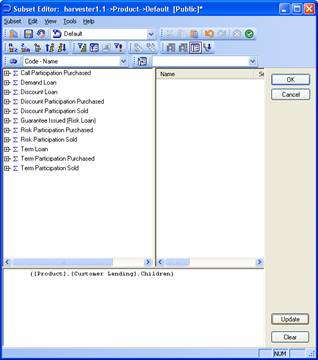Username and StrToMember
It returns the TM1 username (or Windows domain username depending on the security system being used – for example, “GER\JEREMY”) of the user who runs the query. Note that you may need to give all users Read access to the }Clients dimension and all its elements.

